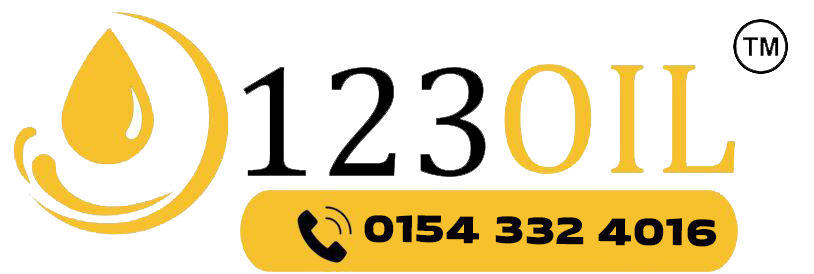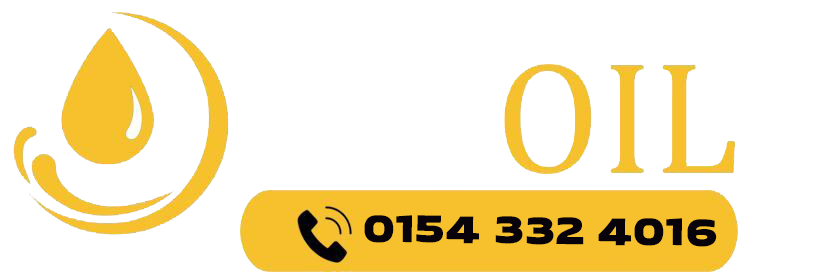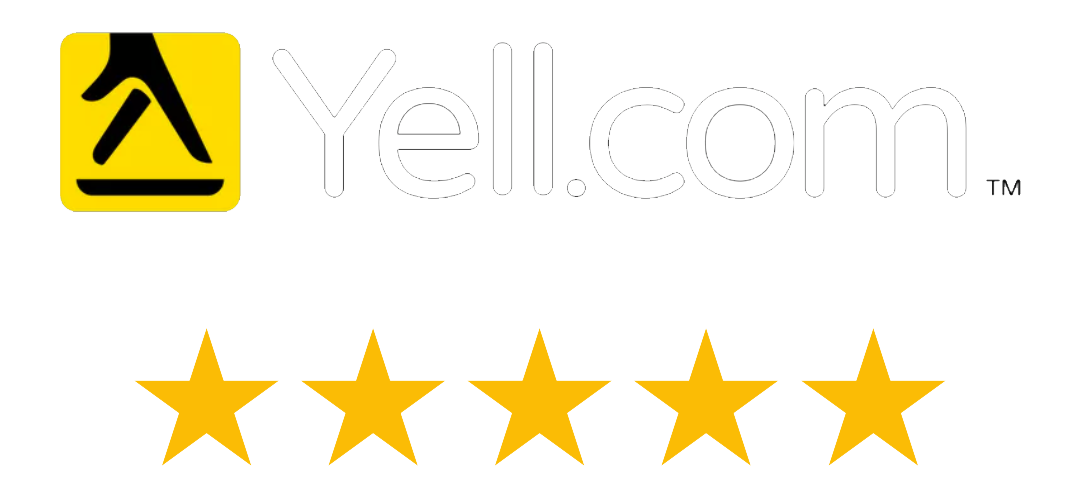If your home isn’t connected to the gas mains (as many rural homes aren’t), oil central heating is often a reliable choice. But what exactly is it, how does it work, and what should you know before deciding if it’s right for your home? Let’s walk through everything in clear, human terms.
What You Actually Mean by Oil Central Heating
Oil central heating means that instead of relying on natural gas delivered through pipes, your heating and hot water come from burning heating oil in a boiler. The heating oil—most commonly kerosene in the UK—is stored in a tank on your property. When you turn the heating on, that oil is burned in a boiler to heat water, which then circulates through radiators or underfloor pipes. The same system often feeds your hot water taps, either via a cylinder or, in some cases, a combi boiler.
Homes off the gas grid tend to use oil central heating because it’s one of the more practical and efficient alternatives. In fact, several million homes in the UK still rely on oil for heating.
How Oil Central Heating Actually Works — Step by Step
When you feel the chill and click the thermostat, this is what happens under the hood:
- Storage Tank
The heating oil sits in a tank somewhere on your property—often outside. This tank must be properly installed to building regulations, with a solid base and sometimes bunding (a secondary containment) to reduce risk of leaks. - Fuel Supply to Boiler
When your heating is turned on (or hot water is needed), a pump draws oil from the tank along a pipe to the boiler. The system may have filters to catch debris or water in the oil. - Burning the Oil
Inside the boiler, the oil is atomised (turned into a fine spray), mixed with air, and ignited in a combustion chamber. The heat from the burning oil heats a heat exchanger (often copper or steel) through which water flows. - Heat Transfer & Circulation
The hot water produced in the boiler is pumped around the house via radiators or underfloor heating. At the same time, the boiler may also feed hot water to taps or showers, either on demand (in combi models) or via a separate hot water cylinder. - Controls & Efficiency
To run efficiently, oil central heating systems use thermostats, timers, and sometimes smart controls. Modern boilers are often condensing boilers, meaning they recover heat from the exhaust flue gases that older boilers would let go as wasted energy. These systems, when well maintained, can reach high efficiency ratings (often 90 %+).

What to Consider: Pros, Cons & Practical Things to Know
Oil central heating works well, especially in rural places, but it has trade-offs and practical considerations.
- Advantages: Reliability, good heating power, especially for larger or older homes; modern systems have better efficiency; independence from the gas network.
- Challenges: You’ll need space for the tank; you must arrange deliveries of oil; fuel price is volatile; there are environmental concerns because burning oil produces more carbon than some alternatives.
- Cost: Installation of an oil boiler plus tank, pipework, and radiators can cost several thousand pounds. Also, running costs depend heavily on how well your home is insulated, how big it is, how efficient your boiler is, and what you pay for oil.
- Regulation & Future: The UK government has been pushing to phase out high-carbon heating sources. New build homes may soon be banned from installing oil boilers, and existing homes may see tighter regulation or incentives to shift to lower-carbon options.
How to Choose & Maintain an Oil Central Heating System
To get the best from an oil central heating system, here are some tips drawn from what experts agree:
- Choose an OFTEC-registered installer. It ensures your system complies with safety and environmental standards.
- Make sure the oil tank is in good condition (no rust, leaks, or corrosion), correctly sited, and meets legal standards. If it’s old or damaged, replacing the tank is often cheaper in the long run than dealing with leaks or inefficiency.
- Regular servicing is essential — cleaning burners, checking filters, examining the heat exchanger, and ensuring correct burner settings. This keeps efficiency high and reduces bills.
- Insulation matters. Even the best boiler won’t help much if heat escapes through poorly insulated walls or lofts. Draught proofing, double glazing, and insulation make a big difference.
Is Oil Central Heating a Good Choice for You?
If your house is rural, fairly large, not on the gas grid, or if you want more control over fuel supply, oil central heating can be a solid option. If you’re considering it, think about how often you’ll use it, how long your home needs to stay warm, and whether you plan to stay for many years. The upfront costs are significant, but over time, with a well-installed, efficient system, oil heating can offer reliable warmth especially in cold weather.
Final Thought
In short, oil central heating works by storing fuel on-site, burning it in a boiler, and circulating hot water through your home to provide heat and hot water. It’s a trusted method, especially off the gas grid, but it comes with costs, maintenance responsibilities, and environmental considerations.
If you’re thinking of switching, installing, upgrading, or just want to learn more, 123 Oil can help. We supply high-quality heating oil, deliver reliably, and offer advice on which boiler and fuel options are right for you. With 123 Oil, you’re not just getting oil—you’re getting peace of mind (and warmth) all winter.










